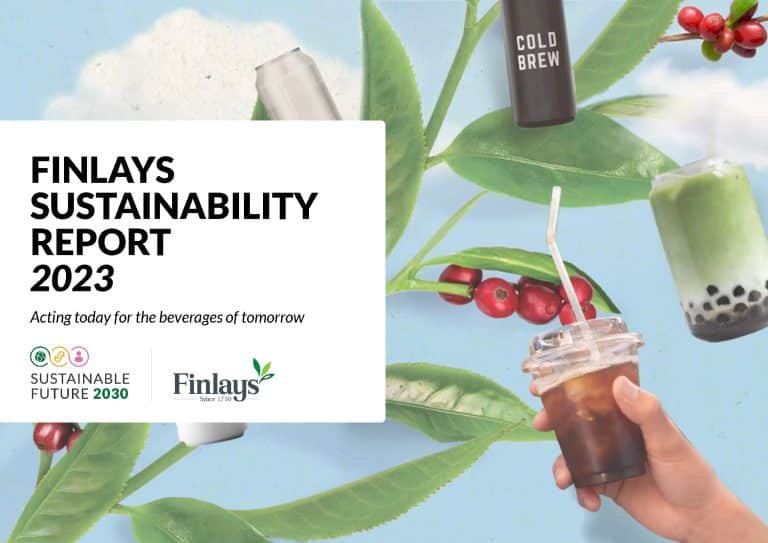In recognition of International Women’s Day, Chair of Finlays UK Women in Business network, Siân Edwards, discusses the UN’s theme for 2022: Break the Bias, and explores how challenging bias leads to better performing teams, greater levels of engagement and a culture of innovation.
The best description of unconscious bias I’ve come across was in a TED talk by Valerie Alexander. She invites the audience to take part in a ‘brain exercise’, closing their eyes and visualising three scenarios – meeting a pilot, observing a couple celebrating their anniversary and meeting a tech CEO. Alexander then asks whether anyone in the audience imagined a black pilot, a gay couple, or a female CEO. Unsurprisingly, very few hands go up.
This, as Alexander illustrates, is the unconscious bias that has kept us alive for thousands of years: the ability to make instinctive and involuntary judgements of a scenario based on our previous experiences of the ‘norm’. But, in a world without threat from sabre-toothed tigers, this unconscious bias has become less about staying alive and more about the instantaneous judgements we assign to people. The ‘fight or flight’ response is triggered by the unexpected, which for many still includes female CEOs, and this is what drives unconscious bias that continues to impact us in the workplace today.
The negative impact of bias in the workplace is well-documented
The negative impact of bias in the workplace is well-documented, in terms of “creating barriers to inclusion, performance, engagement and innovation” [Catalyst] as well as recruitment. This is a self-fulfilling prophecy. If you imagine business leaders to be white men, when it comes to promotion and recruitment they are the faces and CVs that rise to the top. They are the “great fit” that reflects a mirror image of the existing workforce and culture.
The positive impact of challenging bias is clear: inclusive workplaces, better performing teams, greater levels of engagement and a culture of innovation. More diverse and balanced teams lead to greater business performance, demonstrated by multiple studies carried out by companies including McKinsey, Stanford University, PwC, Deloitte and Forbes. Challenging bias also creates the culture that enables men to take paternity leave and to get home in time for the bedtime story without facing judgement and discrimination.
This International Women’s Day, we are invited to ‘Break the Bias’ by challenging the preconceived assumptions, stereotypes and discriminations that we all have.
Here are some things you can do:
- Ask questions – examine your own behaviour and do your research – the articles listed below are a good start. Seek guidance from your friends and colleagues.
- Celebrate Diversity – recognising female leaders (for example) challenges the stereotypes that we unconsciously hold. It erodes the ‘norms’ and expectations that impact our behaviour and perpetuate bias. Read and share articles that celebrate people from a wide range of backgrounds and identities – rather than questioning why we need articles like that at all.
- Call out incidence of bias and discrimination quickly, directly and thoughtfully. Here are some ways you can approach this:
- Use ‘I’ statements that demonstrate how you feel to convey the impact of people’s words and actions e.g. “when you said ‘this’, you may not realise but I felt like this”.
- Explain how people’s words might be perceived e.g. if somebody says ‘she’s always leaving early for the school run’ it can sound like they don’t think women with children make a valuable contribution.
- If someone calls you out, recognise that this is a difficult topic for them to address; listen to them and seek clarity if you don’t understand by asking thoughtful questions
Further Watching / Reading
Watch: Valarie Alexander – How to Outsmart Your Unconscious Bias
Read: Catalyst – Manager’s Guide to Bias-Free Hiring
Read: LinkedIn – Diversity + Inclusion = Better Business Outcomes





